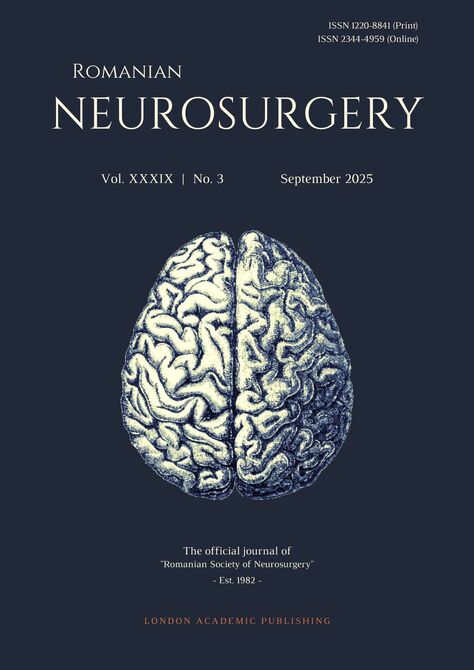Abstract
Os odontoideum is an uncommon skeletal abnormality defined by the separation of the odontoid process from the body of the axis vertebrae. This condition can be congenital or acquired, and symptoms may include neck pain, myelopathy, or abrupt neurological deficits. Os odontoideum is commonly diagnosed using imaging modalities such as X-rays, CT scans, and MRI. Treatment options differ depending on the presence of symptoms and the stability of the atlantoaxial joint. Conservative therapy may be appropriate for asymptomatic instances, although surgical intervention, such as C1-C2 vertebral fusion, is frequently required for symptomatic cases or those at risk of spinal cord injury. Long-term follow-up is critical for monitoring potential problems and ensuring optimal results for patients with os odontoideum.















